Morus Fruitless o Morera
Morus Fruitless, commonly known as the Fruitless Mulberry, is a large, deciduous tree that is widely valued for its broad, dense canopy, providing ample shade. Unlike other mulberry varieties, this cultivar does not produce fruit, making it a popular choice for urban and residential landscapes where fallen fruit could be a nuisance. The tree features large, glossy green leaves that turn a golden yellow in autumn, adding seasonal interest to the garden.
Size and packaging guidelines

Fermentum scelerisque hendrerit parturient nullam enim lobortis litora parturient dictumst.
Potenti a quisque tincidunt venenatis adipiscing parturient fermentum nisl tincidunt amentu.
Scelerisque conubia lobortis a condimentum ad eleifend dui integer maecenas habitant nostra.
| Specification | Chair | Armchair | Sofas |
| Height | 37" | 42" | 42" |
| Width | 26.5" | 32.5" | 142" |
| Depth | 19.5" | 22.5" | 24.5" |
| Assembly Required | No | No | Yes |
| Packaging Type | Box | Box | Box |
| Package Weight | 55 lbs. | 64 lbs. | 180 lbs. |
| Packaging Dimensions | 27" x 26" x 39" | 45" x 35" x 24" | 46" x 142" x 25" |
- Botanical Name: Morus alba ‘Fruitless’
- Common Names: Fruitless Mulberry, Non-Fruiting Mulberry
- Mature Height: 30-60 feet (9.1- 18.2 meters)
- Mature Spread: 40-50 feet (12.1-15.2 meters)
- Growth Rate: Fast
- Light Requirements: Full sun to partial shade
- Soil Requirements: Adaptable to a wide range of soil types, including sandy, loamy, and clay soils; prefers well-draining soil
- Water Needs: Moderate; drought-tolerant once established but benefits from regular watering during dry periods
- Foliage: Deciduous; large, glossy green leaves with serrated edges; turns golden yellow in the fall
- Flowers: Inconspicuous; greenish catkins in spring, but not significant for ornamental purposes
- Fruits: None; this cultivar is bred to be fruitless
Uses:
- Shade Tree: Ideal for large lawns, parks, and streetscapes due to its wide, dense canopy, providing excellent shade.
- Urban Landscapes: The fruitless nature of this mulberry makes it perfect for urban environments where dropped fruit could be problematic.
- Windbreaks and Screens: Its dense foliage and rapid growth make it suitable for windbreaks, privacy screens, and shelterbelts.
Benefits:
- No Mess: As a fruitless variety, this tree avoids the mess and maintenance issues associated with fruit-bearing mulberries.
- Fast-Growing: Quickly establishes itself in the landscape, providing shade and shelter within a few years of planting.
- Drought Tolerant: Once established, it requires minimal watering, making it suitable for areas with low rainfall or water restrictions.
- Low Maintenance: Generally easy to care for, requiring minimal pruning and pest management.
Morus Fruitless, or the Fruitless Mulberry, is a versatile and low-maintenance tree that offers abundant shade without the challenges of fruit drop. Its rapid growth, adaptability, and attractive foliage make it a favorite for both residential and urban landscapes where a robust and reliable shade tree is needed.
Debes acceder para publicar una valoración.
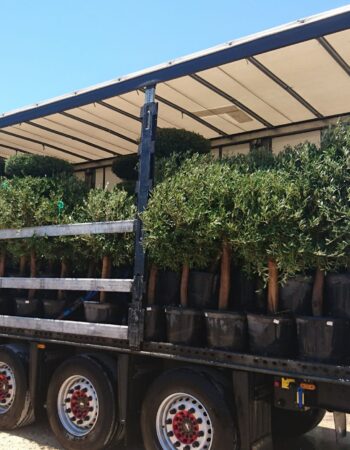
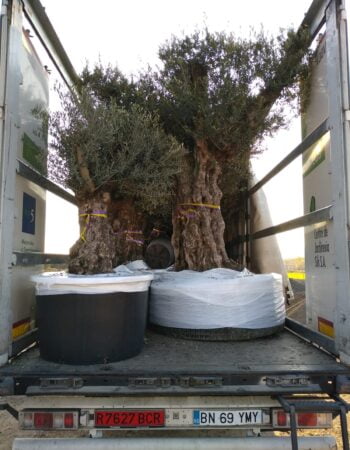
CAREFUL TREE TRANSPORTATION
At Treezom, we take great care in transporting your trees to ensure they arrive in perfect condition. Our expert team uses various methods, depending on the size and volume of the order, to provide safe and efficient delivery. Whether you're ordering a single tree or a bulk order, we guarantee high standards of handling and care throughout the process.
MULTIPLE SHIPPING METHODS
- Truck Delivery: Ideal for local or regional deliveries, ensuring a smooth and timely shipment of your trees directly to your location.
- Sea Containers (20’ or 40’): Perfect for larger orders or international shipping. Our sea containers are equipped to handle bulk shipments with optimal protection.
- Other Customized Solutions: Depending on the size and nature of your order, we can offer tailored shipping methods to meet your specific needs.
No matter the shipping method, we use specialized packaging and handling procedures to protect the trees during transit, ensuring they arrive healthy and ready for planting.
Below, you’ll find key tips tailored to this species’ requirements. Whether you’re new to plant care or have plenty of experience, these guidelines are here to support you in keeping your green companion healthy and vibrant.
- Planting:
- Choose a location with full sun to partial shade to ensure robust growth.
- Plant in well-draining soil, though Morus Fruitless is adaptable and can thrive in various soil conditions.
- Watering:
- Water regularly during the first few years after planting to establish a strong root system.
- Once established, the tree is moderately drought-tolerant, but deep watering during dry spells will promote healthier growth.
- Pruning:
- Prune in late winter to early spring to shape the tree and remove any dead or damaged branches.
- Regular pruning helps maintain the tree’s size and shape, especially in smaller landscapes where its rapid growth may need to be managed.
- Fertilizing:
- Apply a balanced, slow-release fertilizer in early spring to support vigorous growth and healthy foliage.
- Mulch around the base of the tree to conserve moisture and reduce weed competition.
- Pest and Disease Control:
- Generally resistant to most pests and diseases, but occasional monitoring for common issues like aphids or spider mites is recommended.
- Proper spacing and good air circulation help prevent fungal diseases.
*This information is provided for informational purposes only. For more detailed care, please consult a professional Gardener or Arborist.


 SINGLE TREE
SINGLE TREE OUTDOOR POTS
OUTDOOR POTS










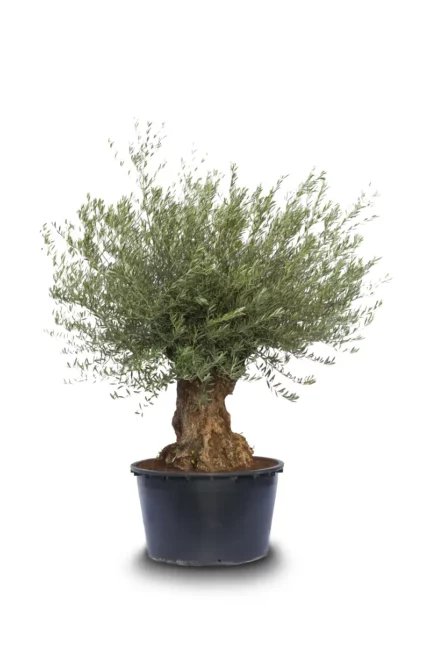

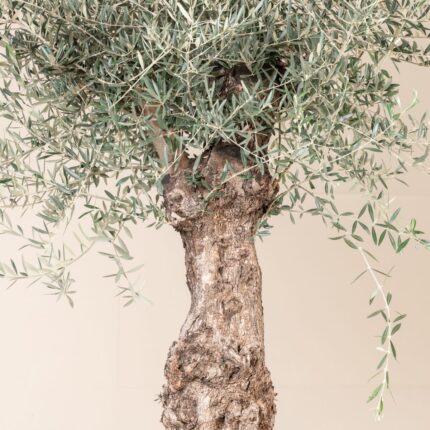

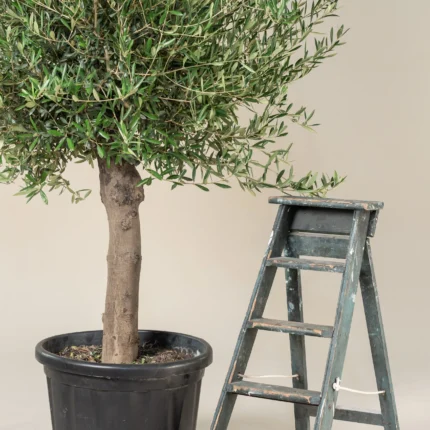
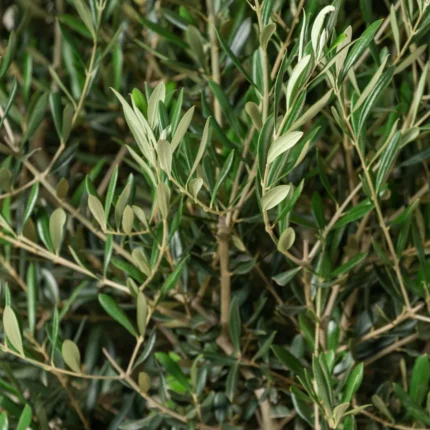






 Single Tree
Single Tree
Valoraciones
No hay valoraciones aún.